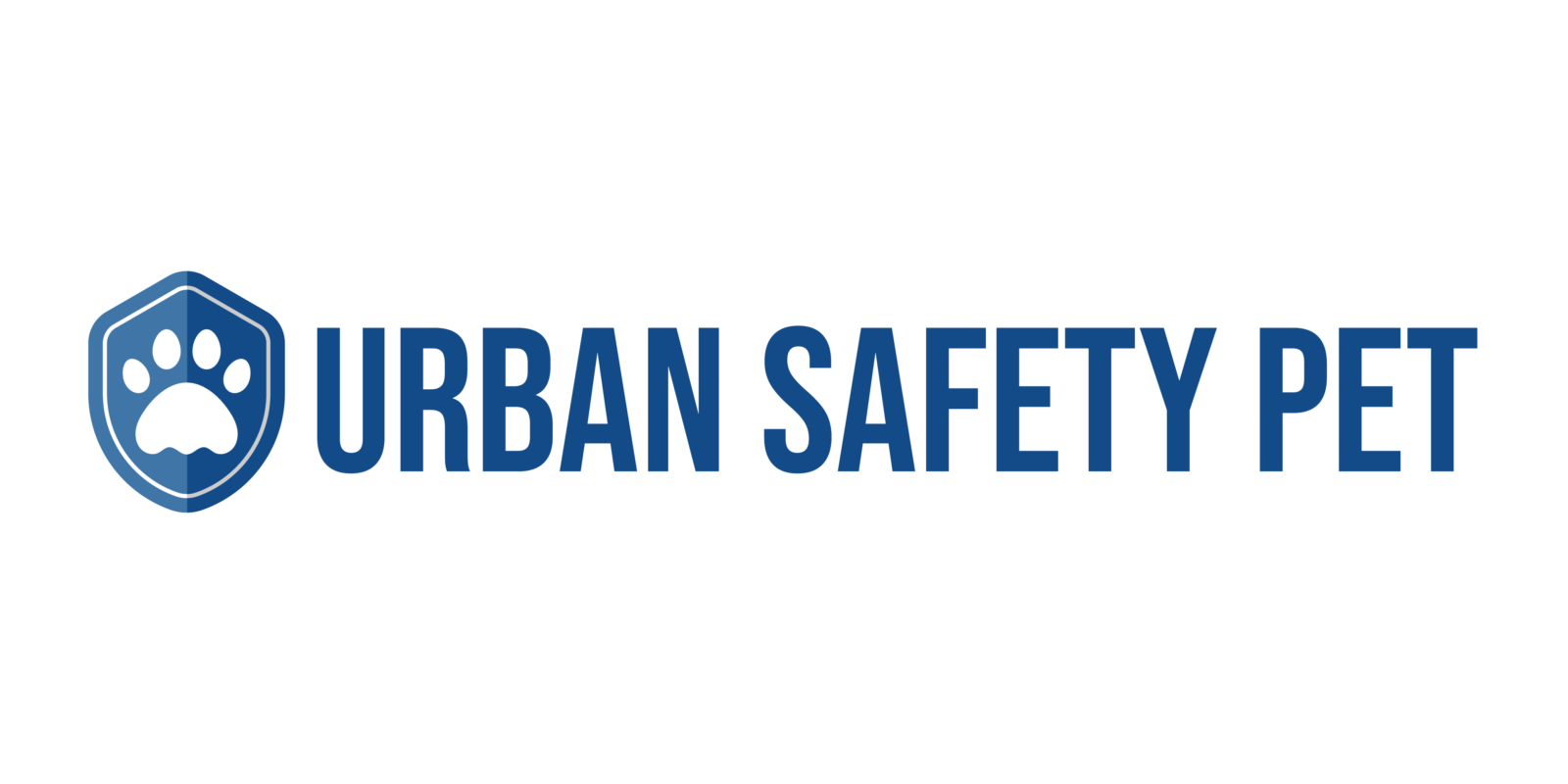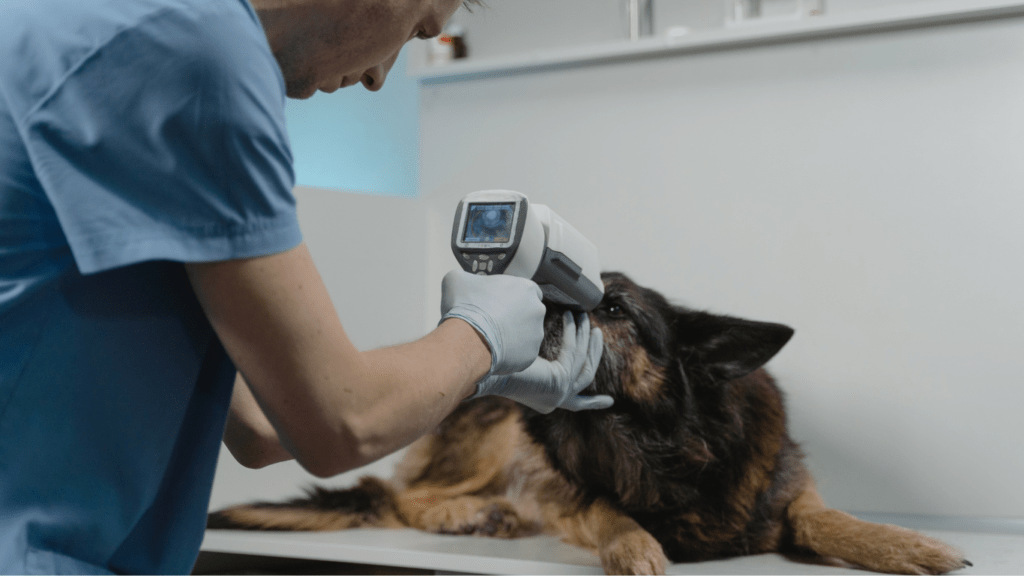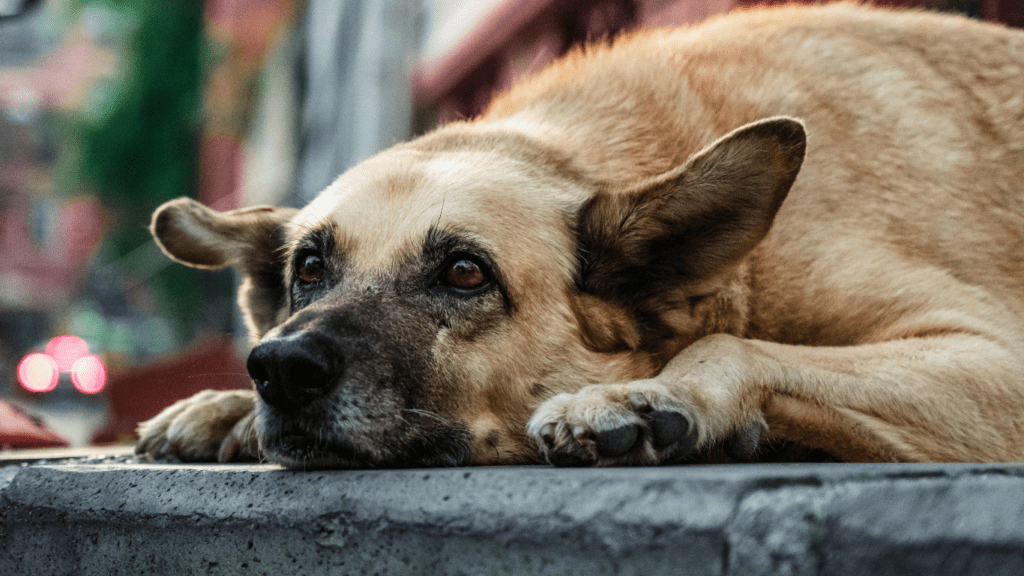Understanding Normal Behavior
Monitoring a pet’s health involves knowing what’s normal for them. Each pet has unique habits, so I must observe regularly. Daily routines, eating habits, and sleep patterns help establish baselines.
Daily Routines
Normal behavior includes regular activities like playing and grooming. Cats often groom themselves several times a day. Dogs might have specific times for walks and play. Changes in these routines often indicate health issues.
Eating Habits
Pets usually have consistent eating patterns. A cat might eat small amounts throughout the day, whereas a dog could have two meals. Not eating or eating too much signals problems. A sudden change in their food preferences also requires attention.
Sleep Patterns
Pets’ sleep varies by species and age. For instance, adult cats tend to sleep around 13-16 hours per day. Dogs generally sleep 12-14 hours. Recognizing these trends helps identify abnormalities like increased or disrupted sleep.
Interaction with Humans
Pets show affection differently. Dogs might be excited when I come home, while cats might seek attention at certain times. Withdrawal or unusual aggression often suggests something is wrong.
Physical Appearance
Knowing a pet’s normal physical state is crucial. Regular observation of their coat, eyes, and weight helps spot issues early. A shiny coat and clear eyes indicate good health, while a dull coat or discharge can be concerning.
Bathroom Habits
Regular bathroom habits also signal health. Dogs might need to go out several times daily. Cats use litter boxes around the same number of times. Changes in frequency, consistency, or appearance of waste can hint at underlying problems.
Physical Symptoms to Watch For

Recognizing physical symptoms early can help detect underlying health issues in pets. Here are key signs to monitor.
Changes in Appetite
Sudden changes in appetite can indicate health problems. If a pet refuses food for more than 24 hours, it may be experiencing pain or illness. Increased appetite can signal conditions like diabetes or hyperthyroidism. Monitor feeding habits closely.
Unusual Weight Loss or Gain
Unexpected weight changes should raise concern. Significant weight loss might point to illnesses such as cancer or gastrointestinal issues. Conversely, rapid weight gain can be due to conditions like hypothyroidism or Cushing’s disease. Regularly check your pet’s weight and consult a vet if you notice fluctuations.
Abnormal Lumps and Bumps
Discovering new lumps or bumps warrants attention. Not all are harmful, but they could be signs of infections, cysts, or tumors. Gently examine your pet during grooming sessions to detect any new or changing masses. Seek veterinary guidance for any persistent or unusual growths.
Behavioral Changes
Observing your pet’s behaviors helps identify early signs of illness. These changes often reveal underlying health issues.
Increased Lethargy
Increased lethargy in pets can signal health problems. Pets that used to be active but now nap excessively might be facing issues like:
- infections
- metabolic disorders
- pain
Consistently low energy levels require attention from a veterinarian to rule out serious conditions.
Sudden Aggression or Fear
Sudden aggression or fear in pets is concerning. If a normally friendly pet becomes hostile or seems scared easily, it could be experiencing pain or neurological issues. Such behavioral shifts might indicate problems like arthritis, dental disease, or even brain tumors.
Excessive Grooming or Scratching
Excessive grooming or scratching often points to skin problems. Pets that constantly lick or scratch themselves may be dealing with allergies, parasites, or skin infections. Overgrooming can lead to skin damage and requires immediate veterinary evaluation to determine the cause.
Monitoring Vital Signs
Monitoring a pet’s vital signs helps identify health problems early. Regularly check your pet’s temperature, heart rate, and respiratory rate to catch any abnormalities.
Temperature
A pet’s normal temperature ranges from 100.5°F to 102.5°F. Use a digital pet thermometer to measure it rectally. Abnormal temperatures can indicate infection or illness. If it’s below 100°F or above 103°F, contact your vet immediately.
Heart Rate
A pet’s heart rate varies by species and size. For example, dogs have 60-140 beats per minute, while cats have 140-220 beats per minute. To measure it, place two fingers on the pet’s chest behind the elbow joint. Count beats for 15 seconds and multiply by four. An irregular or elevated heart rate warrants a vet visit.
Respiratory Rate
Normal respiratory rates differ for dogs (10-30 breaths per minute) and cats (20-30 breaths per minute). Observe when the pet’s at rest. Count the number of breaths for 30 seconds, then double it for the per-minute rate. Rapid or labored breathing could signal respiratory issues and necessitates vet attention.
Importance of Regular Check-Ups
- Regular check-ups offer invaluable insights into a pet’s health. Physical exams by a veterinarian can identify issues that might not be obvious, such as dental disease, heart murmurs, or developing lumps. Early detection of these conditions often leads to more effective treatments.
- Annual vaccinations form another critical component of check-ups. Vaccines protect pets from common diseases, some of which are potentially fatal. Updated vaccinations ensure pets stay protected against rabies, distemper, and parvovirus.
- Blood tests and lab work during check-ups can reveal hidden health issues. Testing can detect conditions like diabetes, kidney disease, and infections. Early intervention based on these tests often improves a pet’s prognosis.
- Routine check-ups provide an opportunity for discussing behavior changes. Vets can offer insights into changes in eating habits, activity level, or aggression. These discussions help tailor a health plan addressing a pet’s specific needs.
When to Consult a Veterinarian
Owners should consult a veterinarian if they detect significant changes in their pet’s behavior, such as unexplained aggression, anxiety, or sudden lethargy. Behavioral shifts often signify underlying medical issues needing professional evaluation.
Seek veterinary care if physical symptoms like persistent vomiting, diarrhea, coughing, or labored breathing appear. These symptoms could indicate gastrointestinal problems, respiratory infections, or other severe conditions.
Rapid weight loss or gain, and changes in eating or drinking habits warrant a vet visit. Sudden weight fluctuations could signal metabolic disorders requiring immediate attention.
Lumps or bumps on their pet’s body, even if small, should prompt a consultation. Early detection of masses can be critical in diagnosing conditions like cancer.
Consult a veterinarian if a pet shows signs of pain, such as limping, excessive grooming, or difficulty standing or walking. Pain often indicates injuries or chronic conditions such as arthritis.
Owners should seek immediate veterinary advice if their pet has any signs of trauma, like cuts, broken bones, or being hit by a vehicle. Timely medical intervention is vital in managing injuries and preventing complications.
Schedule a vet appointment if there are any changes in toileting habits, like urinating or defecating outside the litter box or unusual stools. These changes may point to urinary or gastrointestinal issues requiring diagnostics and treatment.




